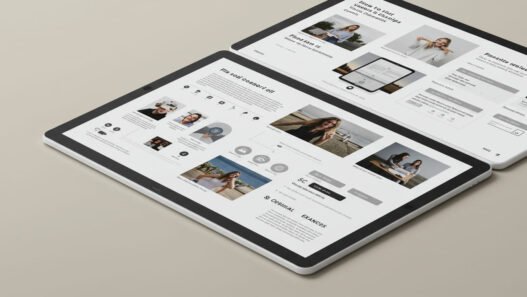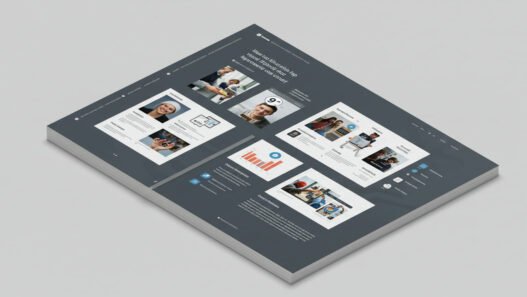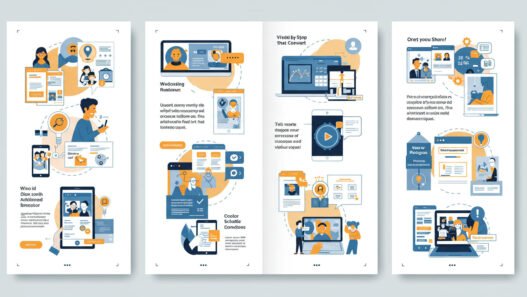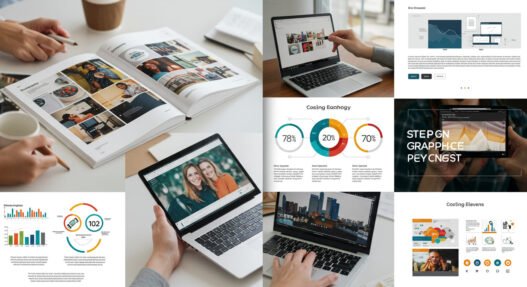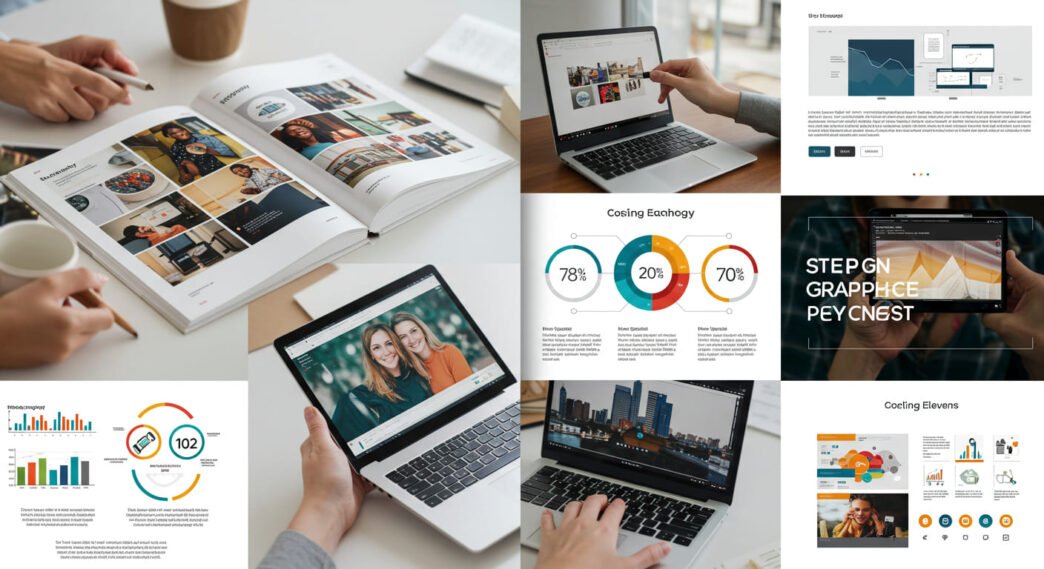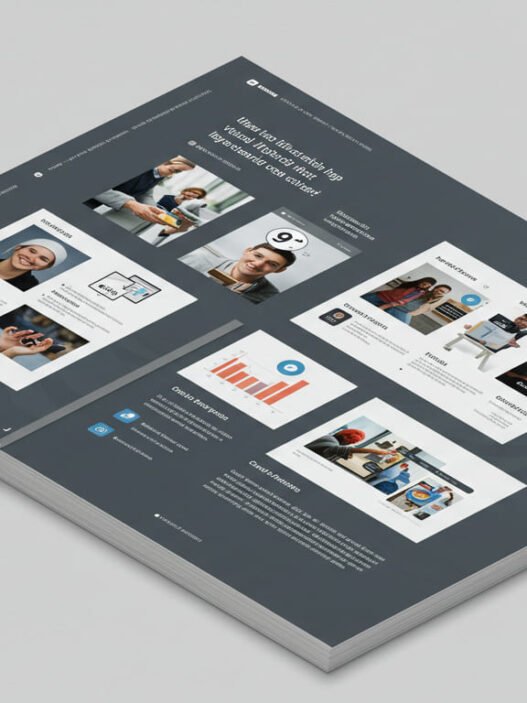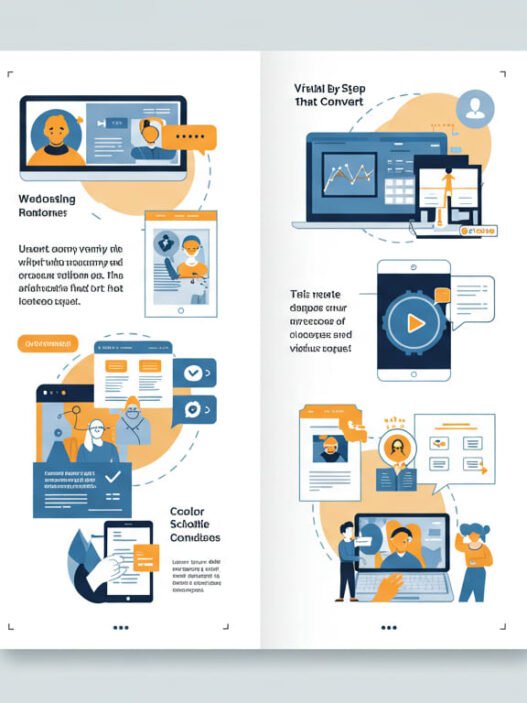How to Create Engaging Content for Your Audience
The digital content landscape has become a battlefield for human attention, where the average person encounters over 5,000 brand messages daily yet actively engages with fewer than twelve. This stark reality reveals a fundamental truth that many content creators refuse to acknowledge: producing content isn’t the challenge anymore—creating content that genuinely resonates with your specific audience is the holy grail of modern marketing. Whether you’re crafting blog posts, social media updates, or email marketing campaigns, the difference between content that gets ignored and content that drives action lies in understanding the intricate psychology of engagement and human connection in our hyperconnected world.
Most brands approach content creation backwards, starting with what they want to say rather than what their audience desperately needs to hear. But companies like Netflix, Patagonia, and HubSpot have cracked the code by flipping this approach entirely. They begin every piece of content by asking a deceptively simple question: “What problem does our audience face at 3 AM that keeps them scrolling through their phones instead of sleeping?” When you can answer that question authentically, you’ve discovered the foundation for content that doesn’t just capture attention—it commands it. The most successful email marketing strategies don’t sell products; they solve midnight problems and daytime dreams with equal precision.
Understanding Your Audience Beyond Demographics
Traditional audience research focuses on surface-level demographics—age, location, income, education level—but truly engaging content requires diving into psychographics, emotional triggers, and behavioral patterns that reveal why people make decisions rather than just who they are statistically. Demographics tell you that your audience consists of 35-year-old suburban professionals; psychographics reveal that they’re overwhelmed parents struggling to balance career ambitions with family responsibilities while secretly wondering if they’re failing at both.
The most insightful audience research happens in the comments sections, customer service emails, and direct messages where people express their real frustrations without corporate polish. Gary Vaynerchuk built his Wine Library TV empire not by studying wine industry demographics, but by spending hours reading YouTube comments and responding personally to viewers who shared their genuine confusion about wine selection. This approach revealed that his audience wasn’t intimidated by wine knowledge—they were intimidated by wine culture and the fear of making expensive mistakes.
Social listening tools like Brandwatch and Mention provide quantitative data, but the qualitative insights come from reading between the lines of social media conversations, analyzing the language patterns your audience uses naturally, and identifying the emotional undertones that drive engagement. When Glossier launched their beauty brand, they didn’t conduct traditional focus groups; they analyzed thousands of social media conversations about makeup routines, identifying language patterns and pain points that informed everything from product development to email marketing messaging strategies.
Understanding your audience also means recognizing their content consumption patterns and platform preferences. LinkedIn audiences expect professional insights delivered with authority and backed by data, while TikTok users crave authentic, entertaining content that doesn’t feel overly produced or promotional. Your audience’s platform choice reveals crucial information about their mindset, available attention span, and receptiveness to different types of messaging approaches.
Storytelling Techniques That Create Emotional Connection
Human beings are neurologically wired for narrative, with stories activating multiple brain regions simultaneously and creating emotional experiences that factual information simply cannot match. When you hear “Once upon a time,” your brain releases dopamine, preparing for an engaging experience, while exposure to statistics and bullet points activates only basic processing centers. This neurological reality explains why story-driven content consistently outperforms feature-focused messaging across every platform and industry.
The most compelling content stories follow archetypal patterns that resonate across cultures and demographics—the hero’s journey, the underdog triumph, the transformation narrative, or the cautionary tale. Airbnb revolutionized hospitality marketing not by showcasing property features, but by telling stories of human connection and transformative travel experiences. Their email marketing campaigns don’t promote accommodations; they invite subscribers into stories where strangers become friends and unfamiliar places become second homes.
Effective storytelling requires vulnerability and specificity rather than broad, generic narratives that could apply to anyone. When Brené Brown shares research on vulnerability, she doesn’t present abstract concepts—she tells specific stories about her own failures, embarrassments, and breakthroughs that make her findings personally relatable. This approach transforms academic research into emotionally compelling content that generates millions of views and builds deep audience loyalty.
The structure of your stories matters as much as their emotional content. Beginning with conflict or tension immediately engages attention, while resolution provides satisfaction and reinforces your core message. Professional copywriters often use the “but and therefore” framework, where initial situations face complications that lead to discoveries or transformations, creating narrative momentum that keeps audiences engaged through longer content pieces.
Creating Value-Driven Content That Solves Real Problems
The most engaging content doesn’t entertain for entertainment’s sake—it provides genuine utility that improves your audience’s personal or professional life in measurable ways. Value-driven content addresses specific challenges with actionable solutions, transforming your brand from another voice in the noise into a trusted resource that audiences actively seek out and recommend to others.
Tim Ferriss built his content empire by consistently delivering content that saves time, increases efficiency, or optimizes performance in concrete ways. His blog posts, podcast episodes, and email marketing communications don’t just discuss productivity concepts—they provide step-by-step frameworks that readers can implement immediately for tangible results. This approach has generated over 900 million downloads and created a community of advocates who promote his content organically because it consistently delivers promised value.
Value creation requires deep understanding of your audience’s workflow challenges, decision-making processes, and resource constraints. B2B audiences often struggle with time limitations and need content that can be consumed quickly yet provides comprehensive insights. Consumer audiences might prioritize entertainment value alongside practical benefits, requiring content that educates while it engages. The key lies in identifying the intersection between what your audience needs most urgently and what your expertise uniquely qualifies you to provide.
Educational content performs exceptionally well across platforms because it satisfies the human desire for growth and improvement while establishing your authority and credibility. Companies like Moz built their reputation by publishing comprehensive guides that taught SEO fundamentals to their direct competitors, understanding that educational generosity creates trust that eventually translates into business relationships. This strategy works because it demonstrates confidence in your expertise while providing immediate value without requiring purchase commitments.
Interactive Elements That Boost Engagement
Static content competes against infinite alternatives, but interactive content creates participatory experiences that naturally increase engagement time, emotional investment, and sharing likelihood. Interactive elements transform passive consumption into active participation, triggering psychological ownership effects that make audiences more likely to remember, share, and act on your content.
Polls, quizzes, and surveys provide immediate engagement while generating valuable audience insights that inform future content strategies. Instagram Stories polls consistently generate 3-5x higher engagement rates than standard posts, while LinkedIn polls in professional contexts often spark lengthy comment discussions that extend reach organically. The key lies in crafting questions that reveal interesting insights about your audience while providing value to participants through self-discovery or industry benchmarking.
BuzzFeed revolutionized digital content by understanding that quizzes tap into fundamental human psychology—the desire for self-knowledge and social validation. Their personality quizzes generate millions of shares because participants want to broadcast their results while discovering something interesting about themselves. This same psychology applies to professional contexts, where skill assessments, industry knowledge tests, and strategic planning tools create engaging experiences that demonstrate expertise while generating leads for email marketing follow-up sequences.
User-generated content campaigns create interactive experiences that extend beyond single pieces of content into ongoing community engagement. GoPro’s entire marketing strategy revolves around showcasing customer-created content, transforming product users into brand ambassadors while providing endless content variety. This approach works because it makes customers the heroes of your brand story while reducing content creation costs and increasing authenticity perceptions.




